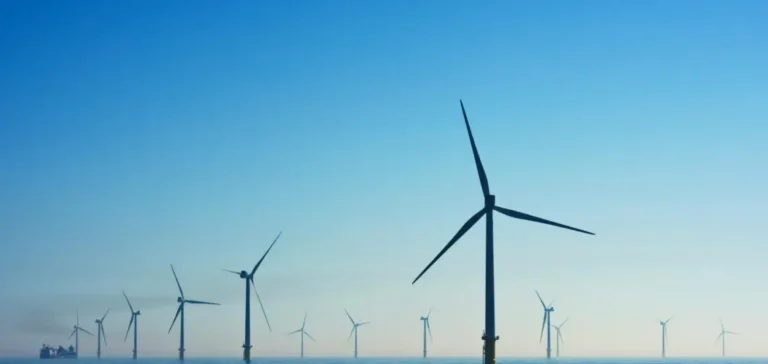The Astenn Avel consortium, established by Elicio and Q ENERGY, has confirmed the addition of VALOREM to its strategic partnership for the offshore wind tender AO9. This initiative aims to develop a 500 megawatt (MW) capacity off the coast of Southern Brittany, in a zone already partially utilised for floating wind. The project concerns the extension of the Pennavel site, previously designated under tender AO5, and is scheduled for commissioning between 2032 and 2033.
A 500 MW extension project in an existing maritime zone
The area selected for the AO9 tender lies near Groix and Belle-Île-en-Mer. It is one of several zones identified by French authorities to enhance electricity production from offshore renewable sources. The addition of 500 MW would enable further use of a maritime area already under development, facilitating integration with existing infrastructure and shortening technical development timelines.
Elicio, headquartered in Belgium, and Q ENERGY, the European subsidiary of South Korean group Hanwha, are already active in multiple offshore wind markets. VALOREM, the new entrant in the consortium, is an independent French operator involved across the entire renewable energy value chain. The alliance seeks to combine the technical, industrial and regional expertise of the three partners to strengthen their bid in a highly competitive tender process.
Industrial alliances strengthened in floating wind sector
The AO9 tender is part of France’s broader strategy to develop marine energy, with specific focus on floating technologies. This segment, less mature than fixed-bottom turbines, allows for installation in deeper waters. It presents significant industrial stakes for European companies involved in the offshore wind value chain.
According to the technical specifications of the call for projects, applicants must demonstrate full technological control, ensure integration with local industry, and secure delivery timelines. No information has yet been disclosed regarding the financial structure for AO9 or the distribution arrangements between consortium members.






















